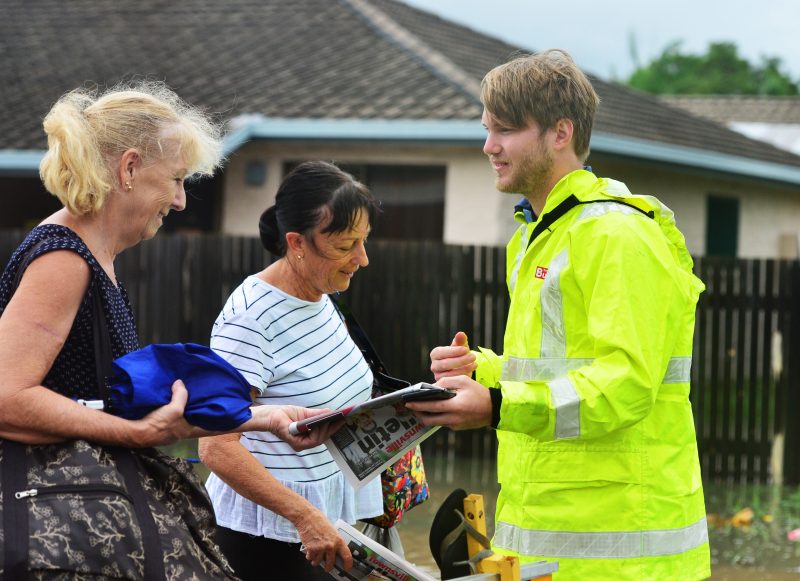How a flood crisis changes a regional newsroom
As serious floods threaten to overwhelm Townsville, Mumbrella’s Zoe Samios speaks to Townsville Bulletin editor Jenna Cairney about how her newsroom has been forced to adapt to the crisis.
In Queensland on Tuesday afternoon, Townsville Bulletin editor Jenna Cairney sits in her office, hopeful the worst of the flood crisis is over. It’s been more than a week of struggle for Cairney and her team, who have balanced the day-to-day news cycle on top of the ongoing natural disaster.
In the last week and a half, her team has been running mostly on adrenalin: operating outside of normal work hours to obtain and provide as much information as possible to the community. The journalists are hungry and passionate, but are running a marathon with no clear end in sight. And unlike the journalists who have flown in to cover the crisis, they, like the community, are at risk of losing their own homes.



Great reporting. Sam sounds like a legend!